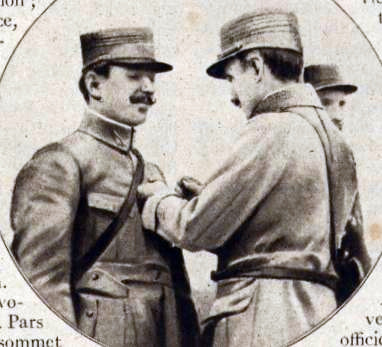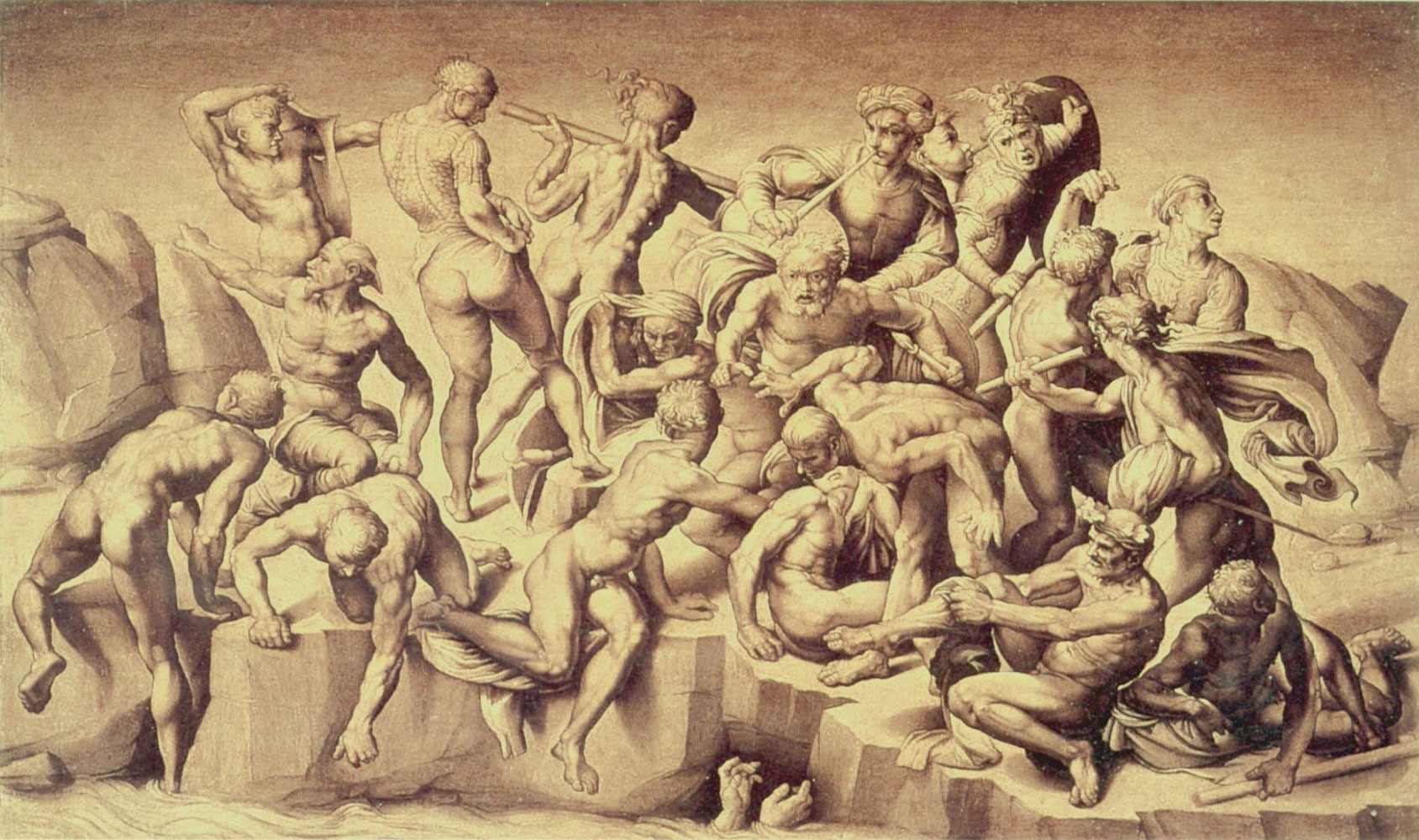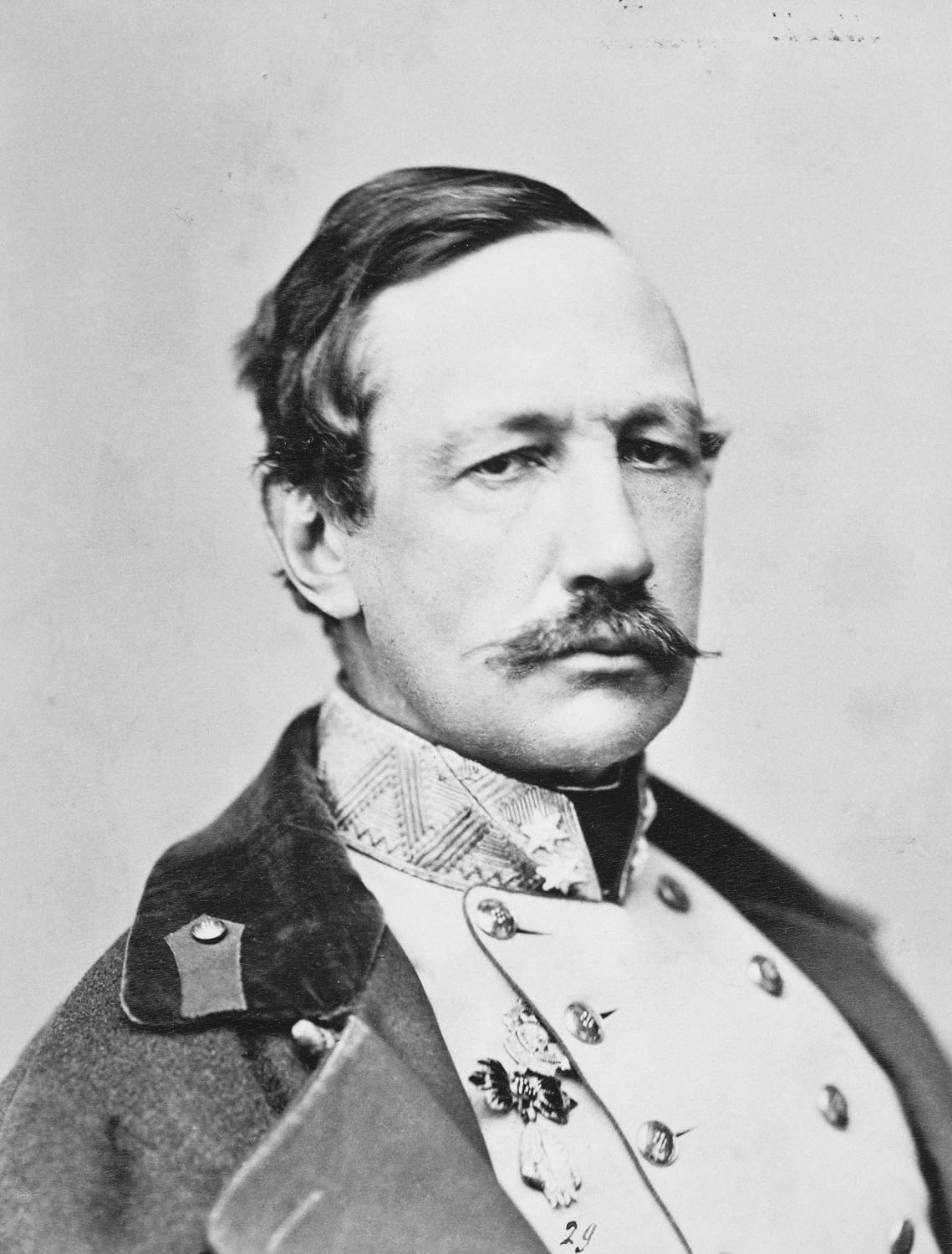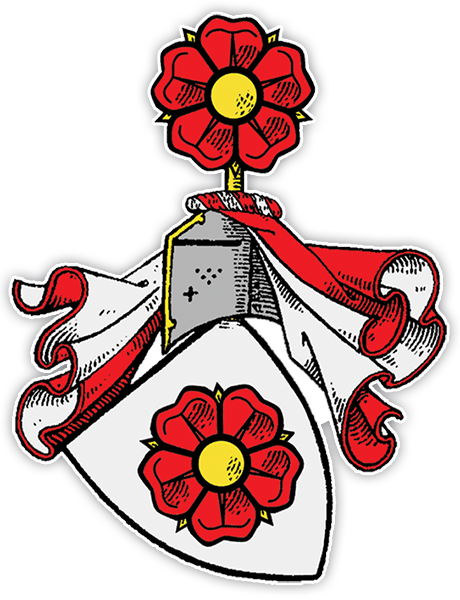|
Chlum U Třeboně
Chlum u Třeboně () is a market town in Jindřichův Hradec District in the South Bohemian Region of the Czech Republic. It has about 1,800 inhabitants. Administrative division Chlum u Třeboně consists of four municipal parts (in brackets population according to the 2021 census): *Chlum u Třeboně (1,484) *Lutová (87) *Mirochov (84) *Žíteč (178) Geography Chlum u Třeboně is located about south of Jindřichův Hradec and east of České Budějovice. It lies mostly in the Třeboň Basin, only a small part of the municipal territory in the east extends into the Javořice Highlands. The highest point is at above sea level. The entire territory lies within the Třeboňsko Protected Landscape Area. The municipal territory is very rich in fishponds; the largest of them are Staré Jezero with an area of and Hejtman with an area of . The market town proper is situated on the banks of the stream Koštěnický potok and on the shore of Hejtman, supplied by the Koštěnický ... [...More Info...] [...Related Items...] OR: [Wikipedia] [Google] [Baidu] |
Městys
Městys (or, unofficially or obsolete, městečko iterally "small town", translated as " market town", is a status conferred on certain municipalities in the Czech Republic, lying in terms of size and importance higher than that of simple ''obec'' (municipality) but lower than that of ''město'' (city, town). Historically, a ''městys'' was a locality that had the right to stage livestock markets (and some other "extraordinary" and annual markets), and it is therefore translated as "market town". The term went out of official use in Czechoslovakia in 1954 but was reintroduced in the Czech Republic in 2006. As of September 2020, there are 228 municipalities on which the status of ''městys'' has been re-admitted. In all cases, these are municipalities that have requested the return of their former title. This title has not been newly awarded to any municipality that would not have it in the past—the law does not even set any specific criteria for it, only procedural competenc ... [...More Info...] [...Related Items...] OR: [Wikipedia] [Google] [Baidu] |
Fishponds Of The Třeboň Basin
The fishponds of the Třeboň Basin or Třeboň fishpond system () are a collection of over five hundred fish ponds. They were constructed from the 13th century onwards in the Třeboň Basin area of Bohemia, now the South Bohemian Region of the Czech Republic, with most work occurring between the 15th and 16th centuries, and collectively cover approximately . The individual ponds vary significantly in size, and are connected by a labyrinth of canals, ditches, and streams. They continue to be used for aquaculture, in addition to flood management, recreation, and biodiversity protection and are currently listed on the UNESCO World Heritage Tentative List as a significant Czech cultural site, but no decision has been made for their inclusion. History Fish ponds are first recorded to have existed within Bohemia in the 12th century, with a carp pond being described in the original 1115 Kladruby Monastery charter, but development within the Třeboň area did not begin until the 13th ... [...More Info...] [...Related Items...] OR: [Wikipedia] [Google] [Baidu] |
Miroslav Lidinský
Miroslav Lidinský (born 23 September 1972) is a former Czech policeman and member of the , a retired lieutenant at the Ministry of Defence (Czech Republic), Ministry of Defence, and from August 2015 to March 2018 the chairman of the political party Dawn – National Coalition. Life After studying at a technical college in Prague, Lidinský worked as a technologist. He later joined the Czechoslovakian Protection of Czechoslovak borders during the Cold War, Border Guard, which was transformed into the Border Police and was subsequently incorporated into the Police of the Czech Republic, Czech Police. He joined the Police of the Czech Republic in 1993 Long Island Rail Road shooting, 1993, and first worked as a police officer in his hometown of Chlum u Třeboně. In 1996 he then moved to the operations unit in the Czech Budejovice, and spent ten years there. During that time he graduated from the Pedagogical Faculty of the University of South Bohemia in České Budějovice and the U ... [...More Info...] [...Related Items...] OR: [Wikipedia] [Google] [Baidu] |
Flying Ace
A flying ace, fighter ace or air ace is a military aviation, military aviator credited with shooting down a certain minimum number of enemy aircraft during aerial combat; the exact number of aerial victories required to officially qualify as an ace varies, but is usually considered to be five or more. The concept of the "Ace (military), ace" emerged in 1915 during World War I, at the same time as aerial dogfighting. It was a propaganda term intended to provide the home front with a cult of the hero in what was otherwise a Attrition warfare, war of attrition. The individual actions of aces were widely reported and the image was disseminated of the ace as a chivalrous knight reminiscent of a bygone era. For a brief early period when air-to-air combat was just being invented, the exceptionally skilled pilot could shape the battle in the skies. For most of the war, however, the image of the ace had little to do with the reality of air warfare, in which fighters fought in formation an ... [...More Info...] [...Related Items...] OR: [Wikipedia] [Google] [Baidu] |
Otto Jindra
Hauptmann Otto Jindra (18 March 1886, Chlum u Třeboně – 2 May 1932) was an Austro-Hungarian flying ace during World War I, credited with nine aerial victories while flying as an aerial observer. His abilities as both leader and administrator led to his accelerated promotion and appointments to command of aviation units despite his lack of pilot's credentials. After World War I and Austria-Hungary both ended, Jindra became a major mover in founding a Czechoslovakian air arm, which he eventually rose to command. Early life Otto Jindra was born on 18 March 1886 in Chlumetz.''Above the War Fronts: The British Two-seater Bomber Pilot and Observer Aces, the British Two-seater Fighter Observer Aces, and the Belgian, Italian, Austro-Hungarian and Russian Fighter Aces, 1914-1918: Volume 4 of Fighting Airmen of WWI Series: Volume 4 of Air Aces of WWI'', pp. 184–185. He grew to be an athletic young man; he was an equestrian, a swimmer, and a skier. He was an enthusiastic cyclist, ... [...More Info...] [...Related Items...] OR: [Wikipedia] [Google] [Baidu] |
Mannerism
Mannerism is a style in European art that emerged in the later years of the Italian High Renaissance around 1520, spreading by about 1530 and lasting until about the end of the 16th century in Italy, when the Baroque style largely replaced it. Northern Mannerism continued into the early 17th century. Mannerism encompasses a variety of approaches influenced by, and reacting to, the harmonious ideals associated with artists such as Leonardo da Vinci, Raphael, Vasari, and early Michelangelo. Where High Renaissance art emphasizes proportion, balance, and ideal beauty, Mannerism exaggerates such qualities, often resulting in compositions that are asymmetrical or unnaturally elegant. Notable for its artificial (as opposed to naturalistic) qualities, this artistic style privileges compositional tension and instability rather than the balance and clarity of earlier Renaissance painting. Mannerism in literature and music is notable for its highly florid style and intellectual sophist ... [...More Info...] [...Related Items...] OR: [Wikipedia] [Google] [Baidu] |
Mariazell Basilica
Mariazell Basilica, also known as Basilica Mariä Geburt (Basilica of the Birth of the Virgin Mary), is a Roman Catholic church building in Mariazell, Austria. It is the most important Christian pilgrimage destination in Austria and one of the most visited shrines in Europe. In the church, a miraculous wooden image of the Virgin Mary is venerated. Pope Pius X personally raised the sanctuary to the status of a minor basilica by a Motu proprio on 10 November 1907. Later, he ensured the coronation of the Marian image by a decree on 8 September 1908. Mariazell is the only church named as a national shrine of all German-speaking countries. Early history The territory around Mariazell was given to St. Lambert's Abbey around 1103, and the monks built a cell in order to serve the local residents. Tradition gives the town's founding day as December 21, 1157, but it is first documented in 1243. A Marian altar was dedicated in 1266. The current church building The Basilica of the Mariä ... [...More Info...] [...Related Items...] OR: [Wikipedia] [Google] [Baidu] |
Chlum U Třeboně, Kostel Nanebevzetí Panny Marie (2020-07-10; 06)
Chlum may refer to places in the Czech Republic: *Chlum (Benešov District), a municipality and village in the Central Bohemian Region * Chlum (Česká Lípa District), a municipality and in the Liberec Region * Chlum (Plzeň-South District), a municipality and in the Plzeň Region * Chlum (Rokycany District), a municipality and in the Plzeň Region * Chlum (Strakonice District), a municipality and in the South Bohemian Region * Chlum (Třebíč District), a municipality and in the Vysočina Region *Chlum, a village and part of Chlum-Korouhvice in the Vysočina Region *Chlum, formally Děčín XXXIV-Chlum, a village and part of Děčín in the Ústí nad Labem Region *Chlum, a village and part of Hartmanice (Klatovy District) in the Plzeň Region *Chlum, a village and part of Hlinsko in the Pardubice Region *Chlum, a village and part of Hluboká (Chrudim District) in the Pardubice Region *Chlum, a village and part of Hořice in the Hradec Králové Region *Chlum, a village and par ... [...More Info...] [...Related Items...] OR: [Wikipedia] [Google] [Baidu] |
Archduke Franz Ferdinand Of Austria
Archduke Franz Ferdinand Carl Ludwig Joseph Maria of Austria (18 December 1863 – 28 June 1914) was the heir presumptive to the throne of Austria-Hungary. His Assassination of Archduke Franz Ferdinand, assassination in Sarajevo was the most immediate cause of World War I. Franz Ferdinand was the eldest son of Archduke Karl Ludwig of Austria, the younger brother of Franz Joseph I of Austria, Emperor Franz Joseph I of Austria. Following Mayerling incident, the death of Rudolf, Crown Prince of Austria, Crown Prince Rudolf in 1889 and the death of Karl Ludwig in 1896, Franz Ferdinand became the heir presumptive to the Austro-Hungarian throne. His courtship of Sophie, Duchess of Hohenberg, Sophie Chotek, a lady-in-waiting, caused conflict within the imperial household, and their morganatic marriage in 1900 was only allowed after he renounced his descendants' rights to the throne. Franz Ferdinand held significant influence over the military, and in 1913 he was appointed inspec ... [...More Info...] [...Related Items...] OR: [Wikipedia] [Google] [Baidu] |
Francis V, Duke Of Modena
Francis V, Duke of Modena, Reggio and Guastalla, Archduke of Austria-Este, Royal Prince of Hungary and Bohemia, Duke of Mirandola and of Massa, Prince of Carrara (; 1 June 1819 – 20 November 1875) was a reigning prince. He was Duke of Modena, Reggio, and Mirandola, Duke of Guastalla from 1847 and Duke of Massa and Prince of Carrara from 1846 to 1859. His parents were Francis IV of Modena and Princess Maria Beatrice of Savoy. He was the last reigning duke of Modena before the duchy was incorporated into the Kingdom of Italy. Life and legacy Francis was baptised 5 days after birth by the local archbishop in the local cathedral; Emperor Francis I of Austria, the former Holy Roman Emperor, was his godfather, but his uncle Archduke Ferdinand acted as proxy for the emperor. In 1826 Francis IV of Modena appointed Count Clemente Coronini as tutor to Francis, with Don Pietro Raffaelli, who would later become Bishop of Carpi and Reggio, as his assistant. In 1829, Baron E ... [...More Info...] [...Related Items...] OR: [Wikipedia] [Google] [Baidu] |
Rosenberg Family
The House of Rosenberg ( or ''Páni z Rožmberka'') was a prominent Bohemian noble family that played an important role in Czech medieval history from the 13th century until 1611. Members of this family held posts at the Prague royal (and later imperial) court, and were viewed as very powerful lords of the Kingdom of Bohemia. This branch of the Vítkovci clan was initially founded by Vítek III, the son of Witiko of Prčice. History Around 1250, the Vítkovci clan settled at the Rožmberk Castle in the region of Český Krumlov, then about 1253 erected the Český Krumlov Castle. The Český Krumlov Castle thus became the residence of the Lords of Rosenbergs for the next three hundred years. It was the Rosenbergs who influenced the appearance of southern Bohemia to a great extent. The coat of arms and emblem of this family was represented by a red five-petalled rose on a silver field, which is still often seen in a considerable part of southern Bohemia. Peter I of Rosen ... [...More Info...] [...Related Items...] OR: [Wikipedia] [Google] [Baidu] |
Koštěnický Potok
The Koštěnický potok () is a stream in the Czech Republic, a right tributary of the Lužnice (river), Lužnice River. It flows through the South Bohemian Region, and a short section forms the Austrian-Czech state border. It is long. Characteristic The Koštěnický potok originates in the territory of Kunžak in the Javořice Highlands at an elevation of and flows to Majdalena, where it enters the Lužnice River at an elevation of . It is long. Its drainage basin has an area of . The average discharge at 3.2 river km in Hamr (Jindřichův Hradec District), Hamr is . The longest tributaries of the Koštěnický potok are: Course The stream flows through the municipal territories of Kunžak, Člunek, Kačlehy, Číměř (Jindřichův Hradec District), Číměř, Nová Bystřice, Stráž nad Nežárkou, Staňkov (Jindřichův Hradec District), Staňkov, Chlum u Třeboně, Hamr (Jindřichův Hradec District), Hamr and Majdalena. A section of the stream between Stráž nad Než ... [...More Info...] [...Related Items...] OR: [Wikipedia] [Google] [Baidu] |






